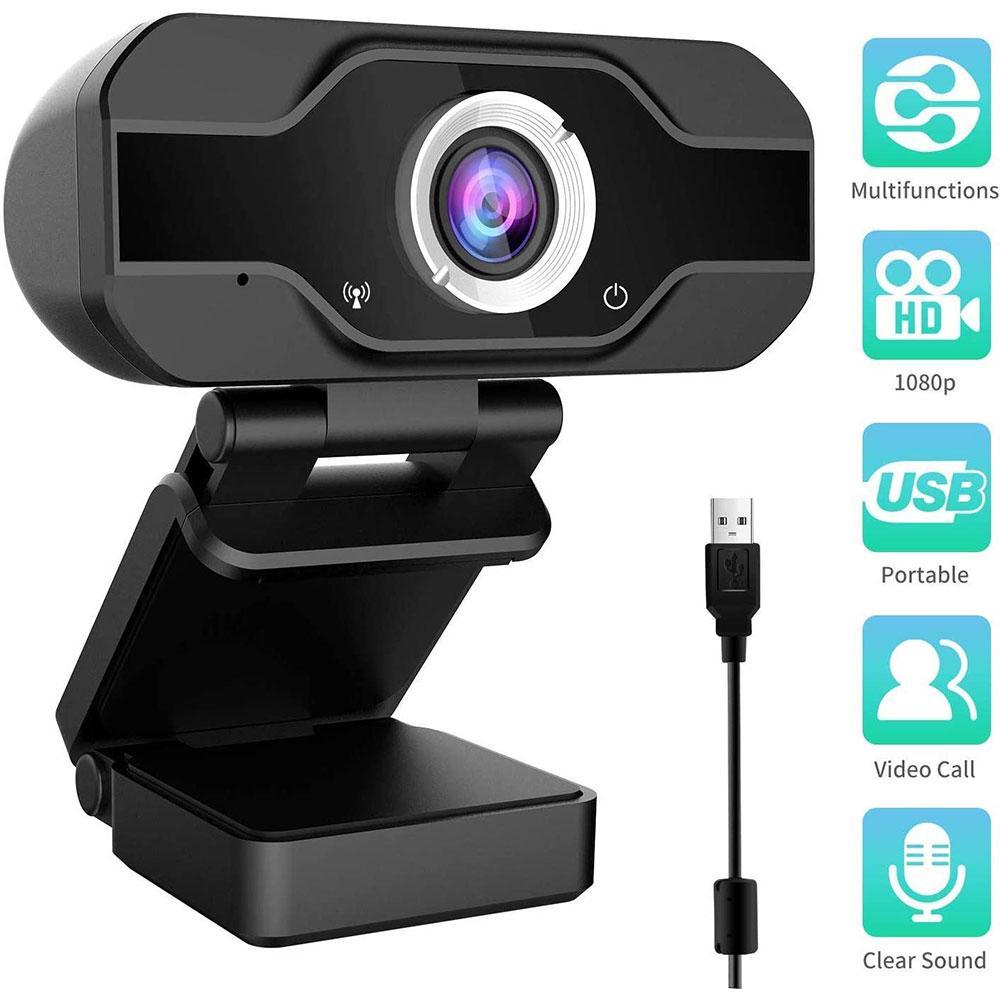

The Link isn't the first to employ AI to keep users in focus. The gimbal-AI combo also allows the webcam to respond to hand-gesture controls, which can activate features like zoom and different image modes.

It would be interesting to see how smoothly and frequently the Link makes its movements sudden changes can be disorienting to the people you're chatting with. Insta360's Link uses its gimbal in coordination with AI algorithms to keep the user in place by automatically framing and zooming. Insta360's camera is similar to the $269 Obsbot Tiny 4K, but the latter has a two-axis gimbal. The Link is a 4K camera with a proprietary half-inch sensor and f/1.8 aperture living on top of a three-axis gimbal (the webcam can also be mounted on a tripod or stand purchased separately). The Insta360 Link is its first webcam, and it's like if the DJI Pocket 2 and Apple Center Stage had a baby. Insta360, headquartered in Guangdong, China, and founded in 2015, is primarily known for sports and 360-degree cameras. The Insta360 Link announced Tuesday also leverages AI auto-framing but adds a much more obvious, yet rare, tool for capturing a moving subject: physical mobility. That renaissance included the introduction of helpful features, many of which focus on keeping the user center-frame. We've seen cameras play with AI, and in the case of Dell's magnetic, wireless webcam concept, even magnets to keep your face perfectly in frame. These past couple of years have experienced a bit of a webcam renaissance, as the ability to get an in-person feel from a virtual meeting has become more valuable than ever.


 0 kommentar(er)
0 kommentar(er)
